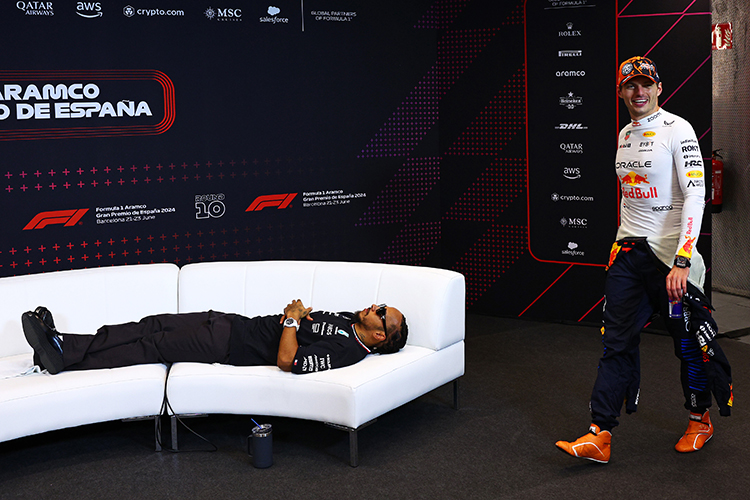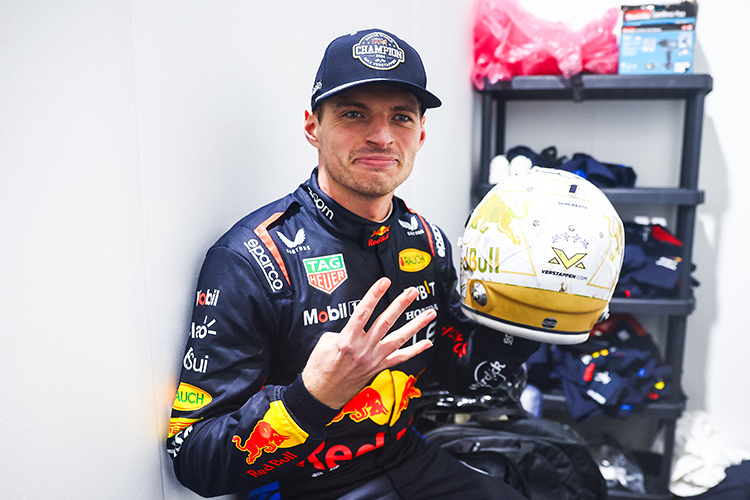The Roar of Motorsport: A Symphony of Speed and Sound

Formula 1 World Champions: A legacy of racing legends
The Roar of Motorsport: A Symphony of Speed and Sound
Explore the history and evolution of engine noise in motorsport, with a focus on Formula 1, comparing different series' sound profiles, including MotoGP, IndyCar, NASCAR, and more.
Motorsport is not only defined by speed, precision, and skill—it’s also about the sound. The roar of engines has long been a core part of the racing experience, with the thrilling sound of cars at full throttle elevating the excitement of competition. Formula 1, renowned for its high performance, has traditionally set the standard for engine noise. However, over the years, the sonic profile of F1 has evolved, and when compared to other motorsport series, we see varying levels of sound intensity across different types of racing.
The Glory Days: V10 Engines in Formula 1
In the late 1990s and early 2000s, Formula 1 cars were powered by naturally aspirated V10 engines, renowned for producing a unique and unforgettable sound. These engines could rev up to 19,000 RPM, creating a high-pitched, ear-piercing shriek. During this era, F1 cars reached noise levels of up to 140 decibels (dB)—a sound comparable to a jet engine at takeoff. This made attending an F1 race an immersive experience, where ear protection was often necessary to protect against the extreme noise levels.
While the V10 engines became iconic, they also prompted complaints from nearby communities due to their high volume, sparking calls for quieter engines and more environmentally friendly solutions.
The Modern Era: V6 Turbo-Hybrids
In 2014, Formula 1 introduced the V6 turbo-hybrid power units, marking a shift towards quieter, more sustainable engines. These modern F1 cars produce around 134 decibels—still a significant level of noise but considerably quieter than the V10s of the past. The reduction in noise is largely due to the hybrid nature of the engines, which combine traditional internal combustion technology with electric motor components.
While the new power units have improved fuel efficiency and reduced environmental impact, some fans have expressed regret over the loss of the iconic F1 scream, which defined the sport for decades.
Comparing F1 to Other Motorsport Series
Although Formula 1 is often associated with some of the loudest engines in motorsport, other racing series also feature high decibel levels. Here's a breakdown of how F1 compares to other top racing categories:
MotoGP
MotoGP, the pinnacle of motorcycle racing, uses 1000cc four-stroke engines that rev up to 18,000 RPM. These bikes produce a distinct high-pitched scream, reaching noise levels of around 130 dB. While slightly quieter than modern F1 cars, the sound of a MotoGP bike is still intense and thrilling, with a shrill tone that contrasts with the deep rumble of F1 cars.
IndyCar
IndyCar features 2.2-liter twin-turbocharged V6 engines, similar to F1’s modern units. However, IndyCar engines operate under different conditions, producing a sound that is slightly quieter than F1 cars, with noise levels between 125 and 130 dB. The sound is deeper and more guttural due to different tuning and turbo setups.
NASCAR
NASCAR features naturally aspirated V8 engines that produce a deep, thunderous roar. These engines generate between 130 and 135 dB, putting them in a similar range to modern F1 cars in terms of loudness. However, the sound of a NASCAR race is more bass-heavy and deeper, creating a distinctive auditory experience, especially when multiple cars race together at high speeds.
World Endurance Championship (WEC)
The World Endurance Championship (WEC) includes various engine types, from hybrid units in the top-tier Hypercars to naturally aspirated V8s in lower categories. Noise levels in WEC races generally range from 120 to 130 dB, with top-tier cars like the Toyota GR010 Hybrid offering a less intense but still powerful sound compared to F1 or NASCAR.
Rally Cars
Rally cars, particularly in the FIA World Rally Championship (WRC), feature 1.6-liter turbocharged engines. While their noise levels are around 115-120 dB, the environment in which rally cars race amplifies the sound, with their frequent pops and bangs, caused by anti-lag systems, adding a unique crackle to their auditory profile.
The Evolution of Sound in Motorsport
Motorsport has always been about the balance between speed, technology, and the sensory experience of sound. The evolution of engine technology has significantly changed the acoustic landscape of racing. Formula 1's transition to V6 turbo-hybrids reflects a broader shift in motorsport toward sustainability, yet the loss of the high-pitched V10s remains a poignant change for many fans.
Even with quieter engines, motorsport remains a spectacle of sound. Whether it’s the high-pitched scream of a MotoGP bike, the deep growl of a NASCAR V8, or the turbocharged crackle of a WRC car, sound continues to play a vital role in creating the drama and excitement that fans crave. No matter how the technology evolves, the roar of the engine remains a core element of motorsport’s appeal, ensuring that fans stay connected to the raw power and intensity of racing.
Frequently Asked Questions (FAQ)
How loud are Formula 1 cars?
Formula 1 cars are known for their high noise levels, particularly with the introduction of V6 turbo-hybrid engines, which generate around 134 decibels. This is still loud enough to cause hearing damage without ear protection. Prolonged exposure to the noise levels at an F1 race can be damaging to hearing.
What makes Formula 1 cars so loud?
Several factors contribute to the high decibel levels of Formula 1 cars, including high RPM engines, finely tuned exhaust systems, and the high pressures and rapid gas movement within the engine. The addition of turbochargers and aerodynamics also increases noise intensity.
Are Formula 1 cars the loudest in all motorsport series?
While F1 cars are among the loudest in motorsport, they are not necessarily the loudest. Other motorsport series, such as drag racing in the Top Fuel class, can generate noise levels exceeding 150 dB. However, F1 cars remain one of the loudest, especially in comparison to other major racing series.
Do F1 drivers protect their ears from the loud noise?
Yes, F1 drivers use specialized ear protection to safeguard their hearing, as the noise inside the cockpit can reach up to 140 dB. Custom-made earplugs help drivers communicate effectively with their teams and prevent hearing damage during races.
Do you need earplugs for F1?
Yes, attending a Formula 1 race requires ear protection. Given the high noise levels of the cars, earplugs or earmuffs are highly recommended to prevent hearing damage.
What is the best hearing protection for racing events like the F1 Grand Prix?
For F1 races, earplugs such as the Alpine Formula 1 Racing Pro Earplugs are recommended for their comfort and effectiveness. Other options include high-quality earmuffs designed specifically for motorsport environments.
Up Next


